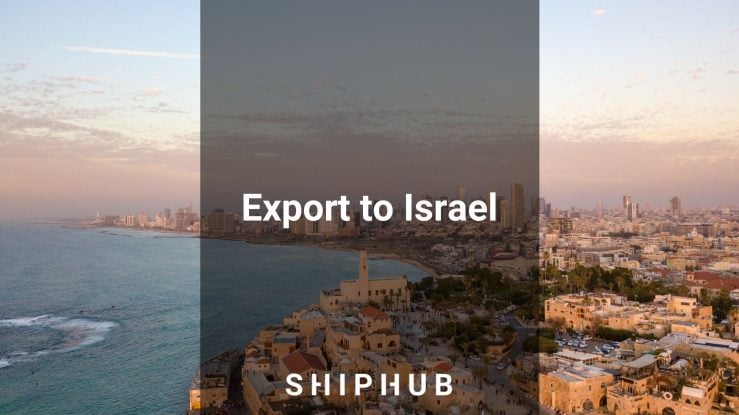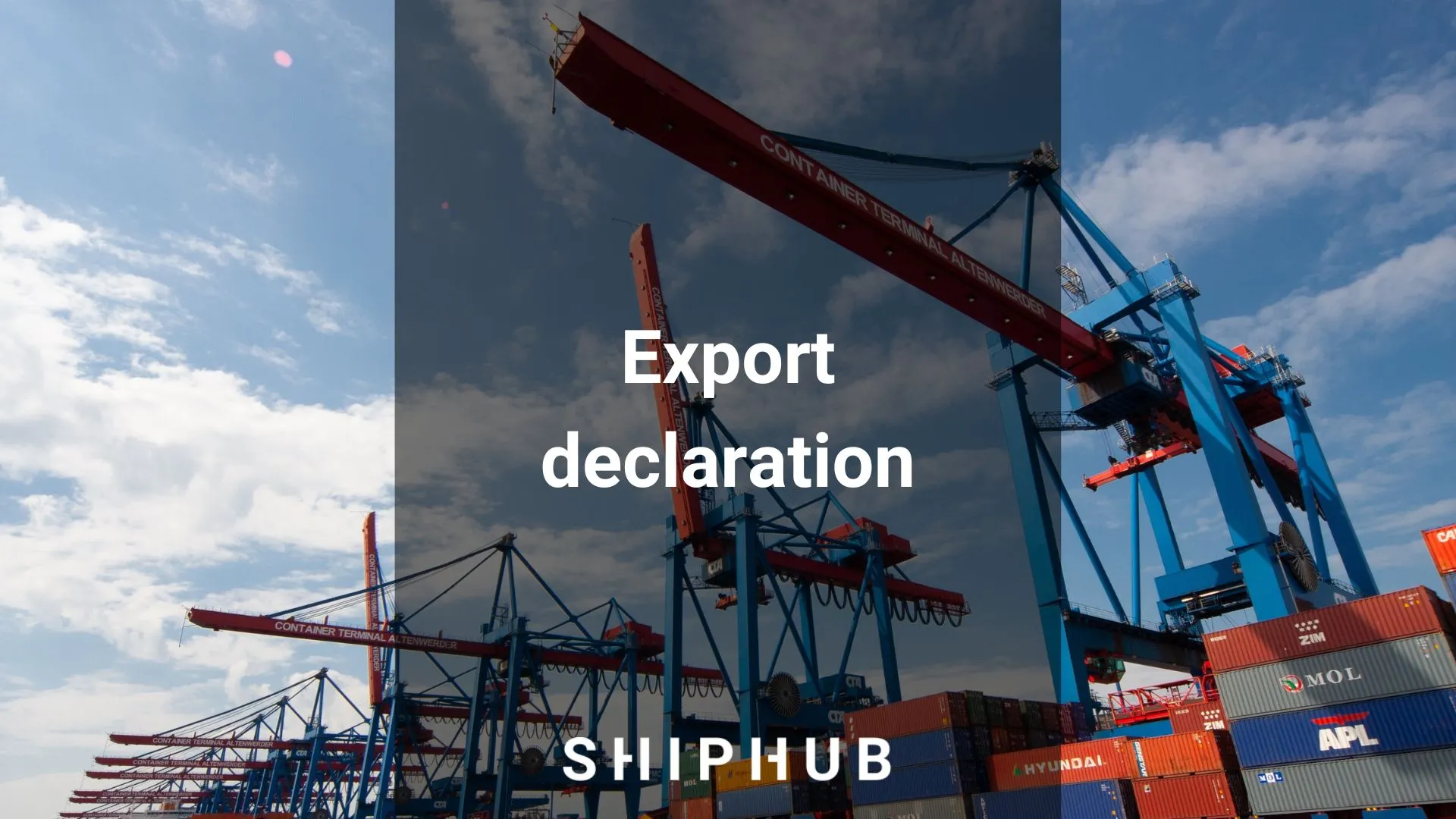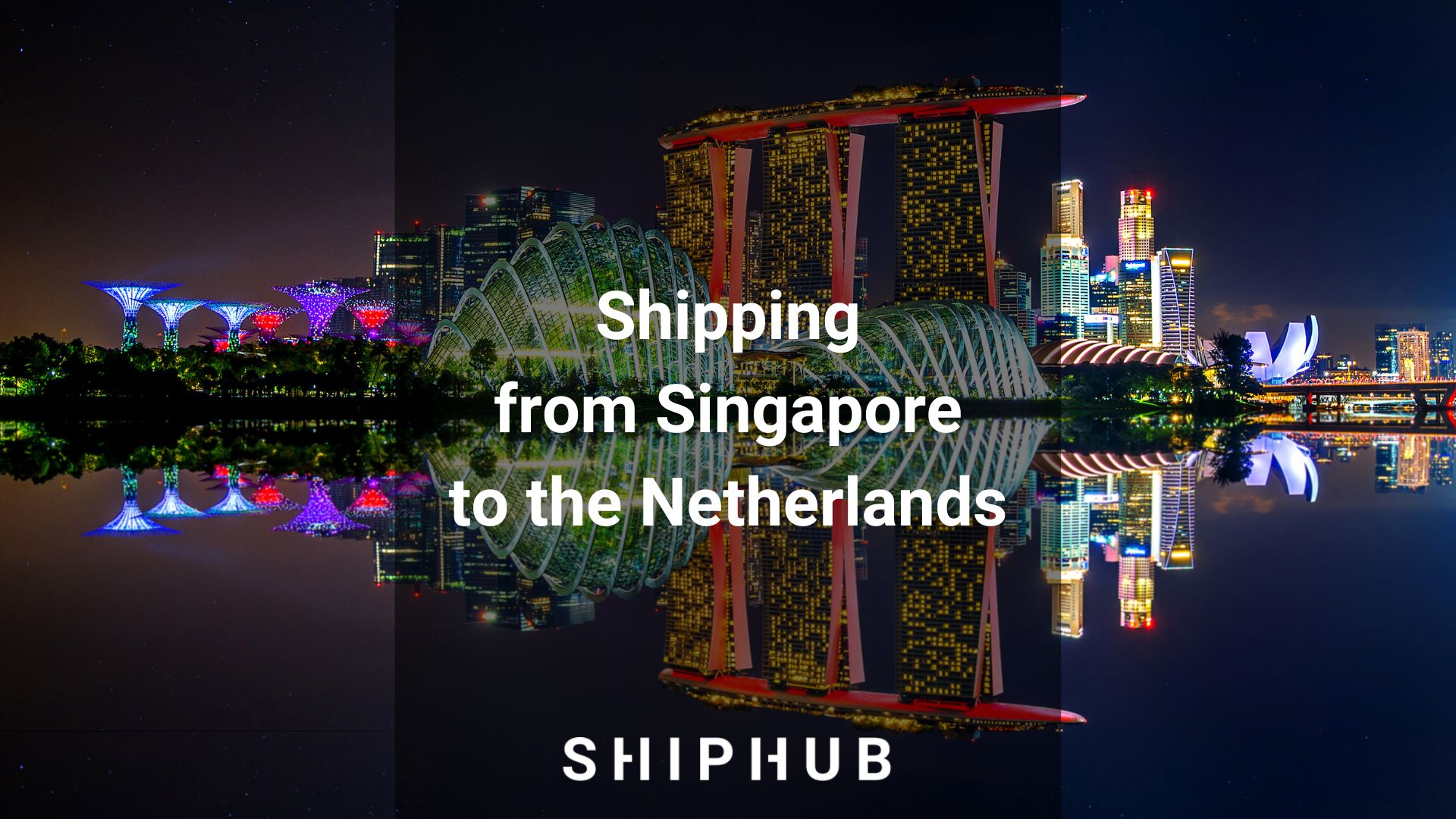The Netherlands is a small northwestern European country. Nevertheless, the Netherlands is the seventh biggest exporter and importer in the world. It benefits from its strategic location and well-developed road, rail, and water transport systems. Moreover, this country is home to the biggest container port in Europe. How to export from the Netherlands?
Export from the Netherlands
If you want to export from the Netherlands, you should know the most popular exported products. The top exports of the Netherlands are:
- refined petroleum ($46.2B)
- packaged medicaments ($18.1B)
- broadcasting equipment ($16.6B)
- photo lab equipment ($10.7B)
- computers ($10.7B).
The Netherlands is the world’s biggest exporter of cut flowers ($4.08B), other live plants ($4.01B), animal food ($3.2B), recreational boats ($3.18B), and malt extract ($3.16B).
Where the Netherlands exports to?
The Netherlands exports/supplies goods mostly to its neighboring countries: Germany (23%) and Belgium (11%). A lot of Dutch goods are exported to the United Kingdom (7%), France (8%), the United States, Italy, and Spain.
How to export from the Netherlands?
Note: export is when goods are moved between different customs territories. Since exporting goods to other EU countries is an intra-Community supply of goods and the procedure is different, it is not discussed in this article.
1. Research the market
A solid export business plan is the key to international business success. Be well prepared before you enter the foreign market. First, you should determine market potential and compare the export market. Then, you should get to know your target customer group and its needs.
2. Check any restrictions and trade agreements
Some products cannot be exported to other countries (for example, pornographic material). Before you put a product on the market, check whether there is a ban on the product you intend to export and any trade barriers.
On the other hand, sometimes between countries, trade agreements are in place. Since the Netherlands are a part of the EU, the country is bounded by many trade agreements. They make trade easier and more profitable by lowering trade barriers and import duties.
3. Check local product requirements
Each country has its regulations and laws for specific product groups, especially regarding safety, health, and the environment. Access2Markets is a great tool to find which product requirements and procedures apply per country based on the HS code (derived from CN code). Access2Markets provide information on:
- rules of origin
- trade flow statistics
- tariffs
- taxes and additional duties
- product requirements
- customs procedures and formalities
- trade barriers.
If needed, adjust your product to the market. Some countries require to run tests to approve the new product before it is placed on the market.
4. Choose your entry strategy and partners
There are many ways to enter a market:
- delivering goods through e-commerce with your online shop or via a sales platform
- working with a distributor, wholesaler, or commercial agent
- selling directly from your branch to your foreign customers or opening a foreign branch.
If you want to cooperate with others, you can find business partners via trade missions, by participating in trade fairs abroad, or on online platforms. Make sure your business partner is reliable. Do not forget to make use of your network to get information and seek advice from advisors at the Netherlands Chamber of Commerce if needed. For more tips, go to the NL’s official website on business.
5. Set the export price
The export price is based on many elements:
- the product’s price
- transportation costs
- customs clearance costs
- local inspections
- label and manual translations
- customer support and returns
- your profit.
Before you determine your price, look at the price of other suppliers of similar products on your export market.
6. Shipping from the Netherlands
The Netherlands is a major gateway to Europe. It has great access to the European mainland, and many goods flow both ways via the biggest port in Europe, the port of Rotterdam. Maritime transportation is the best method for large volume/weight shipments. Smaller consignments, valuable and perishable goods can be sent by air. Make sure to pack the items carefully and choose the right logistics provider!

For international delivery, determine (with your business partner) the Incoterms. The rules of trade set by the International Chamber of Commerce (ICC) specify who bears the risk, insurance, and other costs between the seller and the buyer.
7. What about the duties when moving goods from the Netherlands?
The importer usually pays import duties, though there are some exceptions. To pay import duties and VAT, you may need to register in the destination country.
8. Determine the payment method
You should agree in advance with your customer the payments terms. You can take precautions by requesting partial prepayment and pre-finance the shipment. One of the payment arrangements is a Letter of Credit (L/C), the most reliable one but also the most expensive.
Ensure that your invoice meets foreign requirements and is clear to your customer.
9. Make contract
In international business, practice differs from country to country. To make sure that your terms are respected and requirements met, make a valid business contract. To do so, contact a legal advisor. The Vienna Sales Convention regulates the conclusion of the agreement with your customer in many countries.
10. What about the documents?
You need a set of documents in international trade:
- commercial invoice
- packing list
- transportation documents
- export declaration
- certificate of origin
- additional documents.
Export from the Netherlands: practical information
If you export goods from the Netherlands to non-EU countries, your goods are taxed at 0% VAT. The requirement is that you must show from your administration that the goods have left the European Union. To do so, complete an export declaration (aangifte ten uitvoer) for Customs or arrange for a custom forwarding agent to submit the declaration. When exporting to non-EU countries, for administration purposes, you must keep:
- invoice from the carrier
- a copy of the consignment note
- all customs documents that you receive from customs at the location where the goods leave the EU
- proof of import provided by the country of destination
- proof of the transportation insurance
- correspondence with your foreign customer
- possibly a copy invoice signed by customs for export
- any other documents relating to the export.
In some cases (for example, cultural property and dual-use goods), you need an export license. In communication with customs authorities, use your EORI number. For more information about customs authorizations, visit the NL’s official website.





